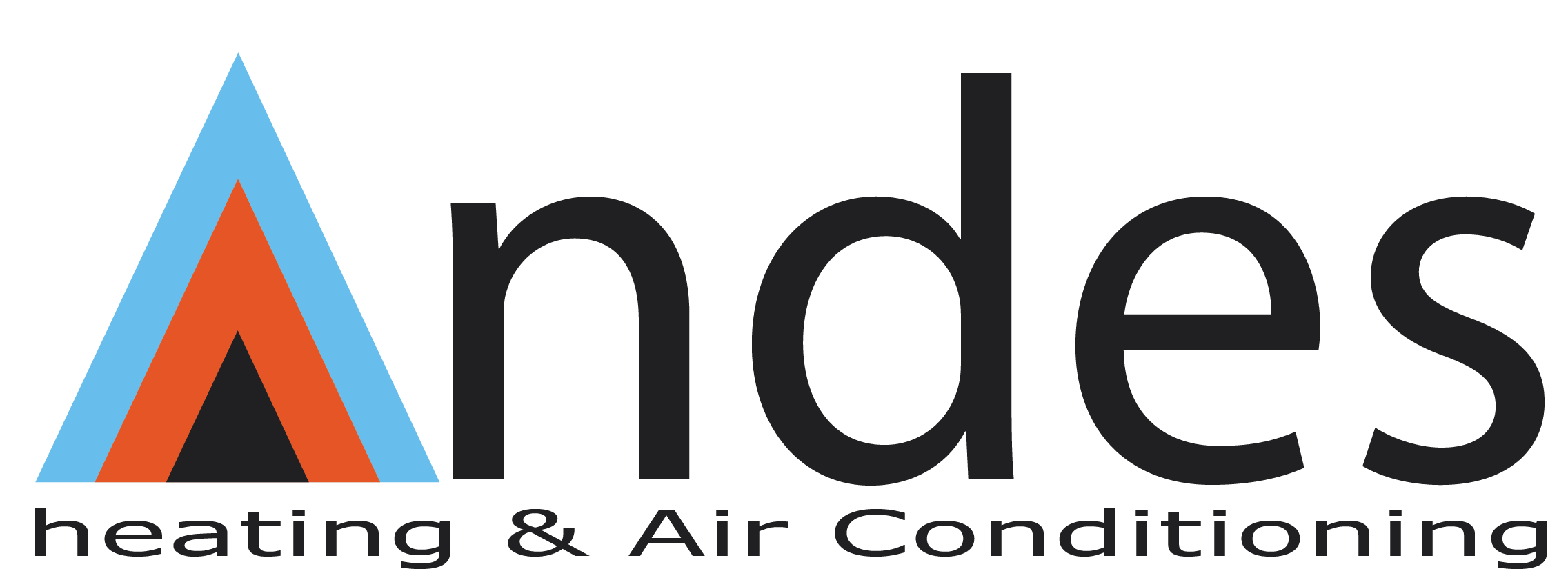HVAC (Heating, ventilation, and air conditioning) is the technology of indoor environmental comfort. Its goal is to provide thermal comfort and acceptable indoor air quality within reasonable installation, operation, and maintenance costs.
HVAC systems have become the required industry standard for construction of new buildings. Before the creation of this system, the three elements were usually split between three or more devices.
HVAC systems can be used in both domestic and commercial environments. HVAC systems can provide ventilation and maintain pressure relationships between spaces.
Heating
Heaters are appliances whose purpose is to generate heat for the building. This can be done via central heating. Such a system contains a boiler, furnace, or heat pump to heat water, steam, or air in a central location such as a furnace room in a home, or a mechanical room in a large building. The heat can be transferred by convection, conduction, or radiation.
Ventilation
Ventilation is the process of changing or replacing air in any space to control temperature or remove any combination of moisture, odors, smoke, heat, dust, airborne bacteria, or carbon dioxide, and to replenish oxygen. Ventilation includes both the exchange of air with the outside as well as circulation of air within the building. It is one of the most important factors for maintaining acceptable indoor air quality in buildings.
Air conditioning
An air conditioning system provides cooling and humidity control for all or part of a building. Air conditioned buildings often have sealed windows, because open windows would work against the system intended to maintain constant indoor air conditions. Outside, fresh air is generally drawn into the system by a vent into the indoor heat exchanger section, creating positive air pressure. The percentage of return air made up of fresh air can usually be manipulated by adjusting the opening of this vent.






